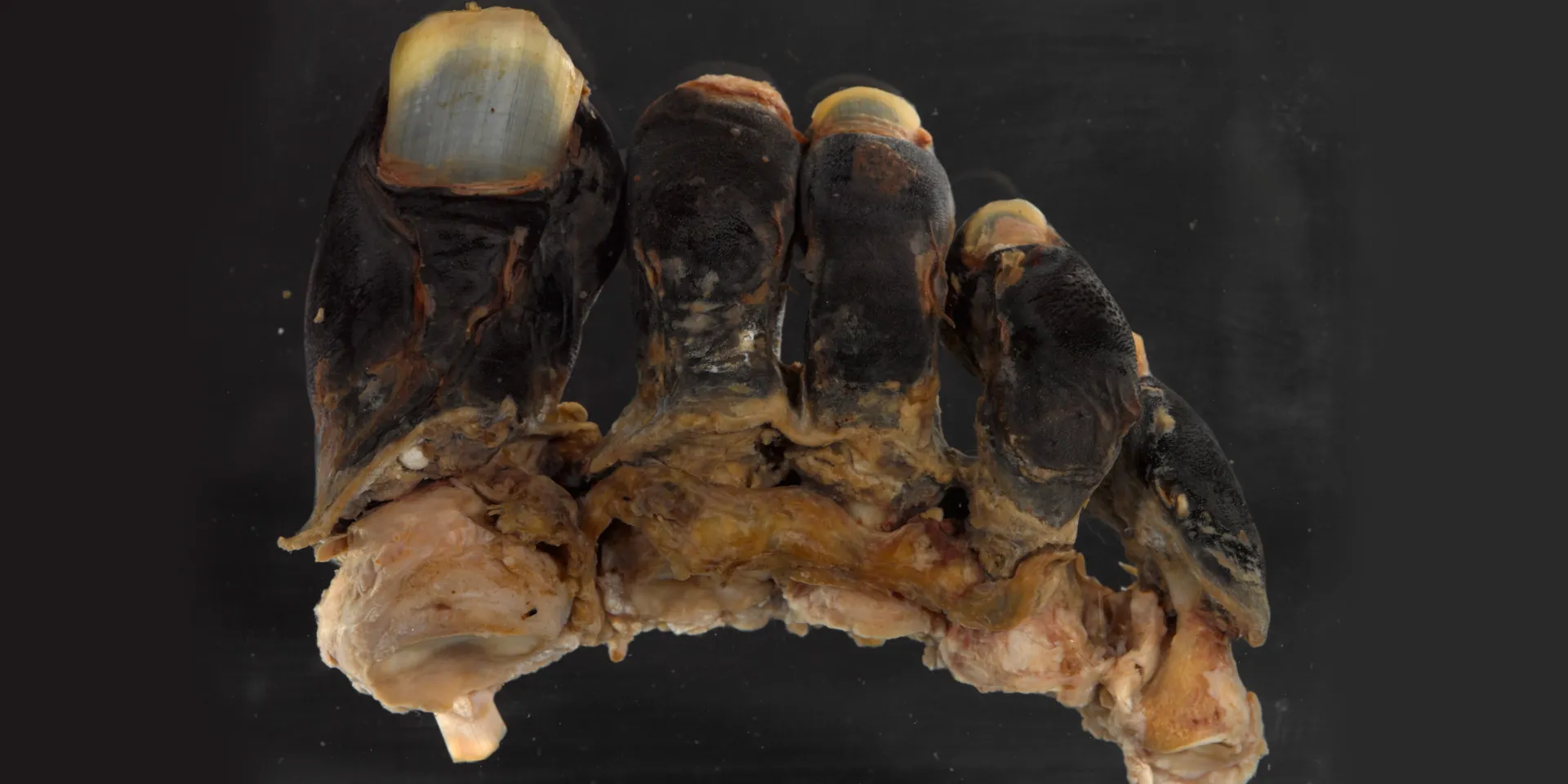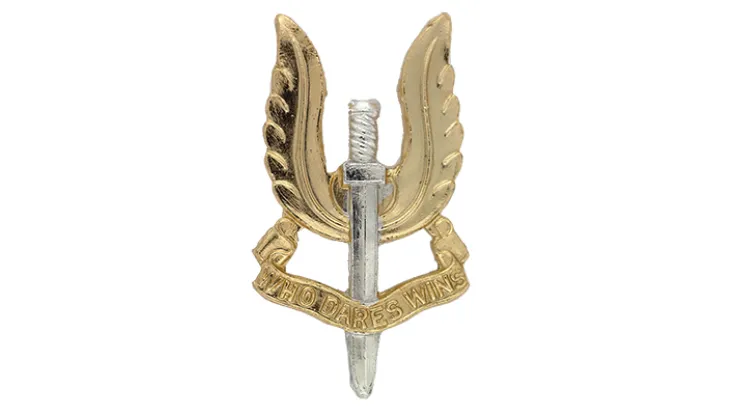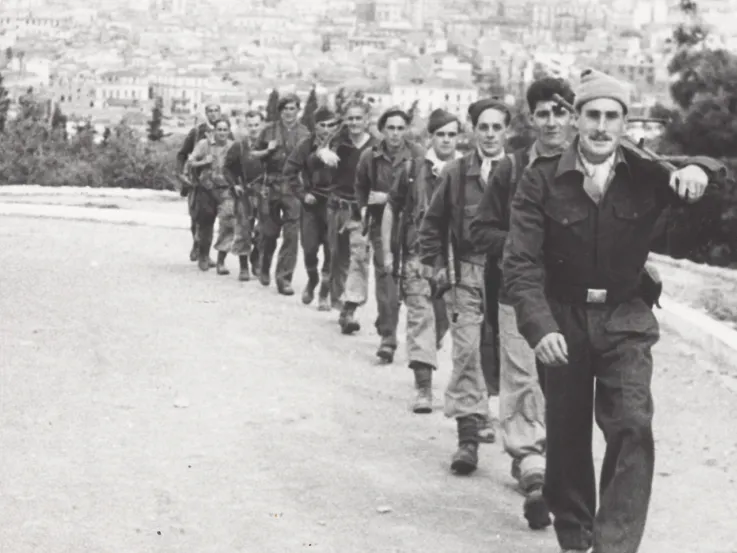Warning: This story contains some graphic images.

Mount Everest (©Creative commons license)
‘Bronco’ Lane
Michael Patrick Lane, nicknamed 'Bronco', joined the British Army in November 1961 at the age of 16. After initially serving in the 7th Parachute Regiment, Royal Horse Artillery, he was selected for the Special Air Service (SAS) in 1967. Over the course of his career, he served in several campaigns, including the Aden Emergency (1963-67) and Northern Ireland (1969-2007).
It was during his time in an SAS Mountain Troop in 1967 that Bronco's interest in adventure really developed. The following year, he joined the Army Mountaineering Association. Between 1972 and 1975, he took part in expeditions to the Canadian Arctic, the Indian Himalayas and the Nuptse mountain range in Nepal.
Sport, adventure training and participation in expeditions have long been important parts of life in the British Army. These activities develop soldierly qualities such as leadership, fitness, physical and moral courage, initiative, powers of endurance, teamwork and independence.

Major Michael Patrick 'Bronco' Lane, c1970s (Image courtesy of the estate of Michael Lane)
Everest expedition
In 1976, Bronco joined the first all-military expedition to climb Mount Everest. He reached the summit along with Sergeant John 'Brummie' Stokes. But on the way down, terrible weather forced them to spend the night in a snow hole.
With his fellow climber suffering from snow blindness and breathing becoming difficult, Bronco had to remove a glove to open an oxygen bottle. After an hour, his hand was frozen. By morning, both mens' feet were badly frostbitten.
‘Totally exhausted in the darkness we huddled facing each other sitting on our sacks with the bottle between us... In total desperation, I took off my outer mitt and wearing just my thin contact glove was able to get a sound coupling. We swapped over the mask every few minutes throughout the long night.’Major Bronco Lane interviewed about the expedition — 2009

Bronco’s frostbitten toes
Missing digits
On returning to Britain, doctors attempted to save Bronco's frostbitten digits. Unfortunately, the summer heatwave didn't work in his favour. He reported a tingling sensation in one foot and found that it was infested with maggots. His immediate solution was to remove them with a cocktail stick.
He eventually had all ten toes surgically removed, also losing the fingertips of his right hand. It took six months for his amputated stumps to heal, but he returned to active service soon after.
Lending a hand
Now the owner of 15 amputated digits, Bronco decided to have them preserved in formaldehyde. He initially loaned them to the Wellcome Collection. But, after returning from display, they ended up in his garage.
In 2000, the National Army Museum approached Bronco for some memorabilia to commemorate his Everest expedition. He gave us his preserved fingers and toes.
‘I haven't got any use for them any more and I thought it would be nice to see them exhibited.’Major Bronco Lane — 2000
Conservation
To prepare these frostbitten body parts for display in the Soldier gallery in 2017, we sent them to UCL's Pathology Collection to be cleaned and remounted. The fluid they were stored in had become discoloured and pieces of tissue were flaking off. The conservation work transformed them, giving a fresher and cleaner appearance.
Later life
Bronco continued mountaineering. In 1984, he led another expedition to Everest. He also took part in several expeditions to Antartica.
In 2006, the Army marked the 30th anniversary of the original Everest climb with a new challenge. It was an ambitious attempt to scale the most difficult route to the summit, the West Ridge. Unfortunately, the conditions were against the 2006 team too. After three years of preparation, they were forced to stop just short of the summit.
Bronco's career in the SAS ended in 1987. He died in Herefordshire in 2024.
See it on display
You can see Bronco's preserved fingertips and toes in our Soldier gallery. They can be found alongside other items exploring the role of sport and adventure in soldiers' lives.





